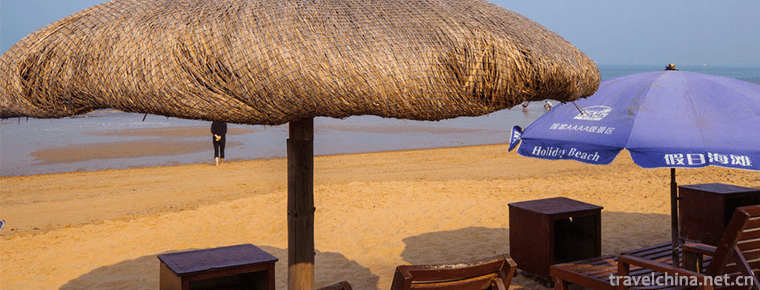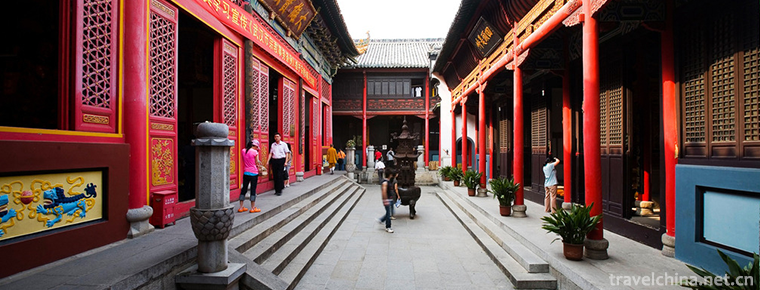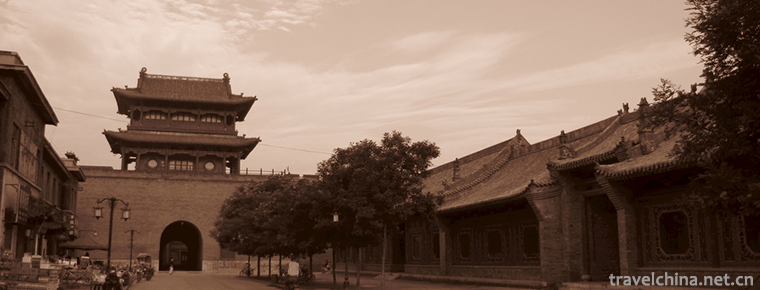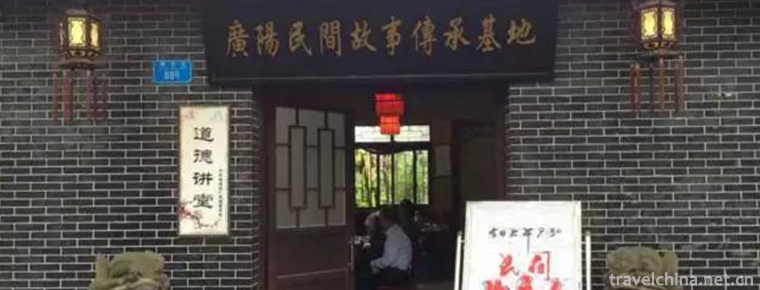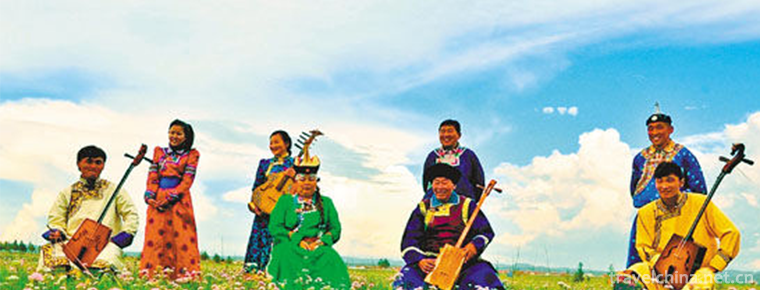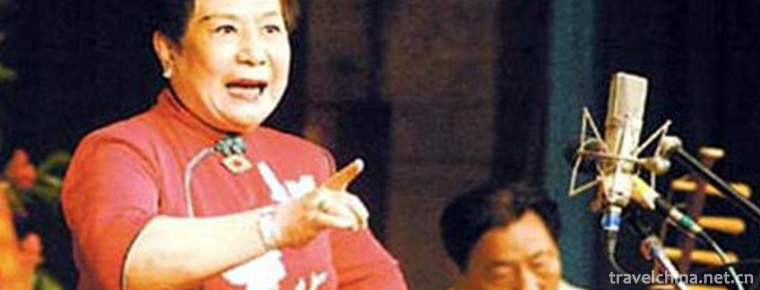Production Techniques of Flower Tea
Production Techniques of Flower Tea
brief introduction
Jasmine tea, also known as jasmine fragrance, is the tea and jasmine flowers to blend, bass, so that tea leaves absorb flower fragrance into tea, tea fragrance and jasmine fragrance interactively integrated, has the reputation of "jasmine without superior flavor, listed as the first fragrance in the world". Fuzhou Jasmine Tea is an important part of Fuzhou Jasmine Tea and Tea Culture System. Fuzhou jasmine tea has not been spread abroad for thousands of years because of its complicated and precise procedures and effective confidentiality measures.
historical origin
The process of making jasmine tea in Fuzhou is a traditional process of making scented tea with jasmine flowers, which uses special technology to shape tea or refined green tea billet. Fuzhou is located in the subtropical zone with mild climate and abundant rainfall. Its natural conditions are very suitable for the growth of jasmine. It has been planted for more than 2000 years. As the birthplace of jasmine tea, the technology of making jasmine tea in Fuzhou has a history of nearly one thousand years. Many historical materials of the Song Dynasty recorded the process of picking, making and appreciating Fuzhou Jasmine tea. During the Xianfeng period of the Qing Dynasty, Fuzhou Jasmine Tea, as a royal tribute tea, began to carry out large-scale commercial production.
basic content
Fuzhou jasmine tea has a complex and precise production process, which includes dozens of elaborate processes, such as tea billet processing, flower maintenance (waiting for flowers), stacking, baking, switching or jacquard. Good Fuzhou jasmine tea can be produced only after 6-9 baskets jacquard according to the year, texture and climate. Every baskets will go through 2-3 days. If it rains, it will be delayed (because rainwater will affect the quality of tea).
Main value
Fuzhou jasmine tea has a long history, its technology is mature and has a high practical value; the fragrance of the process of making jasmine tea is overflowing, which makes it a humanistic landscape with regional characteristics; the product of Fuzhou jasmine tea not only keeps the natural flavor of green tea, but also contains the fresh fragrance of jasmine flowers, with yellow-green color, golden-yellow and clear soup color. Appreciation value and economic value.
Endangered situation
In recent years, the industry of jasmine tea in Fuzhou has shrunk, and the output of jasmine tea has dropped from 80,000 tons at the peak to about 10,000 tons at present. Affected by this, a large number of jasmine tea craftsmen have also been lost. At present, the age of jasmine tea craftsmen in Fuzhou is generally over forty or fifty years old, and some of them even reach retirement age early, but due to lack of people, they have to return to the first line of production. It can be seen that although Fuzhou is the home of jasmine tea in the world, the production technology of jasmine tea in Fuzhou, which has a thousand-year history, is now facing the dilemma of lack of inheritors. At the same time, the existing level of flower tea craftsmen is uneven, which has seriously affected the development of the industry.
protective measures
In order to better inherit the traditional craft of scented tea production, Fuzhou Strait Tea Industry Exchange Association and Fuzhou Agricultural Society sponsored Fuzhou Jasmine Tea Heritage and Heritage Masters Competition, which has been held every two years since 2010 and has been held to the fourth session in 2016.
Manufacturing techniques, methods, or processes
The process of making jasmine tea includes dozens of elaborate processes, such as the treatment of tea billet, the maintenance of flowers (waiting for flowers), the mixing of tea flowers, the piling up, the flowering, the gathering up, the flowering, the baking, the cooling, the rotating or the flowering, the even packing and so on. Good Fuzhou jasmine tea can be produced only after 6-9 baskets jacquard according to the year, texture and climate. Every baskets will go through 2-3 days. If it rains, it will be delayed (because rainwater will affect the quality of tea). Temperature, humidity and timing of flowers should be strictly controlled, and the difference between them will be thousands of miles.

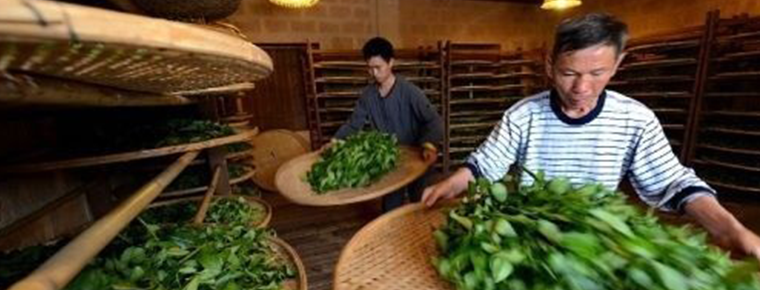
-
Jiuzhaigou Valley Scenic and Historic Interest Area
Jiuzhaigou: World Natural Heritage, National Key Scenic Spots, National AAAAA Class Tourist Scenic Spots, National Nature Reserves, National Geoparks, World Biosphere Reserve Network, is the first nat.
Views: 200 Time 2018-10-13 -
Holiday Beach
Holiday beach is located on the west coastal avenue of Haikou City, which is 6 kilometers long. On the left side is the verdant forest belt of ephedra, with resorts, hotels, playgrounds and so on.
Views: 320 Time 2018-12-23 -
Gui Yuan Temple
Guiyuan Chan Temple is located in Guiyuan Temple Road, Hanyang District, Wuhan City, Hubei Province. It was built by Master Baiguang in the fifteenth year of Shunzhi Qing Dynasty (1658 A.D.). Covering.
Views: 124 Time 2019-01-13 -
Pingyao Ancient City Scenic Spot
Pingyao Ancient City is located in Pingyao County, central Shanxi Province. It was founded in Xuanwang Period of Western Zhou Dynasty (827-782 BC)..
Views: 143 Time 2019-02-07 -
Folk Stories in Guangyang Town
"Guangyang Folk Stories" is the general name of folklores and stories widely spread in Guangyang Town. Guangyang folk tales are popular in the local area..
Views: 188 Time 2019-05-01 -
Mongolian Folk Songs
Mongolian folk songs are mainly divided into two categories: ritual songs and pastoral songs. Mongolian folk songs are famous for their magnificent voices and melodious tunes..
Views: 85 Time 2019-06-04 -
Xihe Dagu
Xihe Drum is a form of drum script and drum music in northern China. It is one of the traditional quyiqu. It is widespread in Hebei Province and in the surrounding areas of Henan, Shandong, Beijing, T.
Views: 116 Time 2019-06-30 -
Xibo Folk Stories
Xibo folk tales, Xibo people are descendants of Xianbei people in ancient times. Xianbei was originally nomadic in the eastern foot of the Great Hinggan Mountains, and has been hunting and fishing for.
Views: 196 Time 2019-07-01 -
Beijing Institute Of Petrochemical Technology
Beijing Petrochemical College was founded in 1978. It was developed from the Second Branch of Beijing Chemical College and Beijing Petrochemical College. It became more famous in 1992 and was transfer.
Views: 386 Time 2019-09-06 -
Xianshi ancient town scenic spot in Zigong City
Xianshi ancient town scenic spot in Zigong City stands on the Bank of Fuxi River 11 kilometers southeast of Zigong City, the "Millennium salt capital", which is in contrast with Zigong, a famous historical and cultural city..
Views: 176 Time 2020-10-15 -
Neijiang Sports
In 2019, Neijiang City will host 8 provincial and above sports competitions, 50 municipal sports meetings and 759 "happy weekend" activities; Neijiang sports athletes will win 3 gold medals, 4 silver medals and 6 bronze medals in international and domestic .
Views: 334 Time 2020-12-16 -
Plant resources in Guangan
The forest vegetation in Guang'an City belongs to the vegetation area of evergreen broad-leaved forest and coniferous broad-leaved mixed forest in the middle subtropics. Gymnosperms include Pinaceae, Cupressaceae, Ginkgo biloba and Metasequ.
Views: 300 Time 2020-12-19

